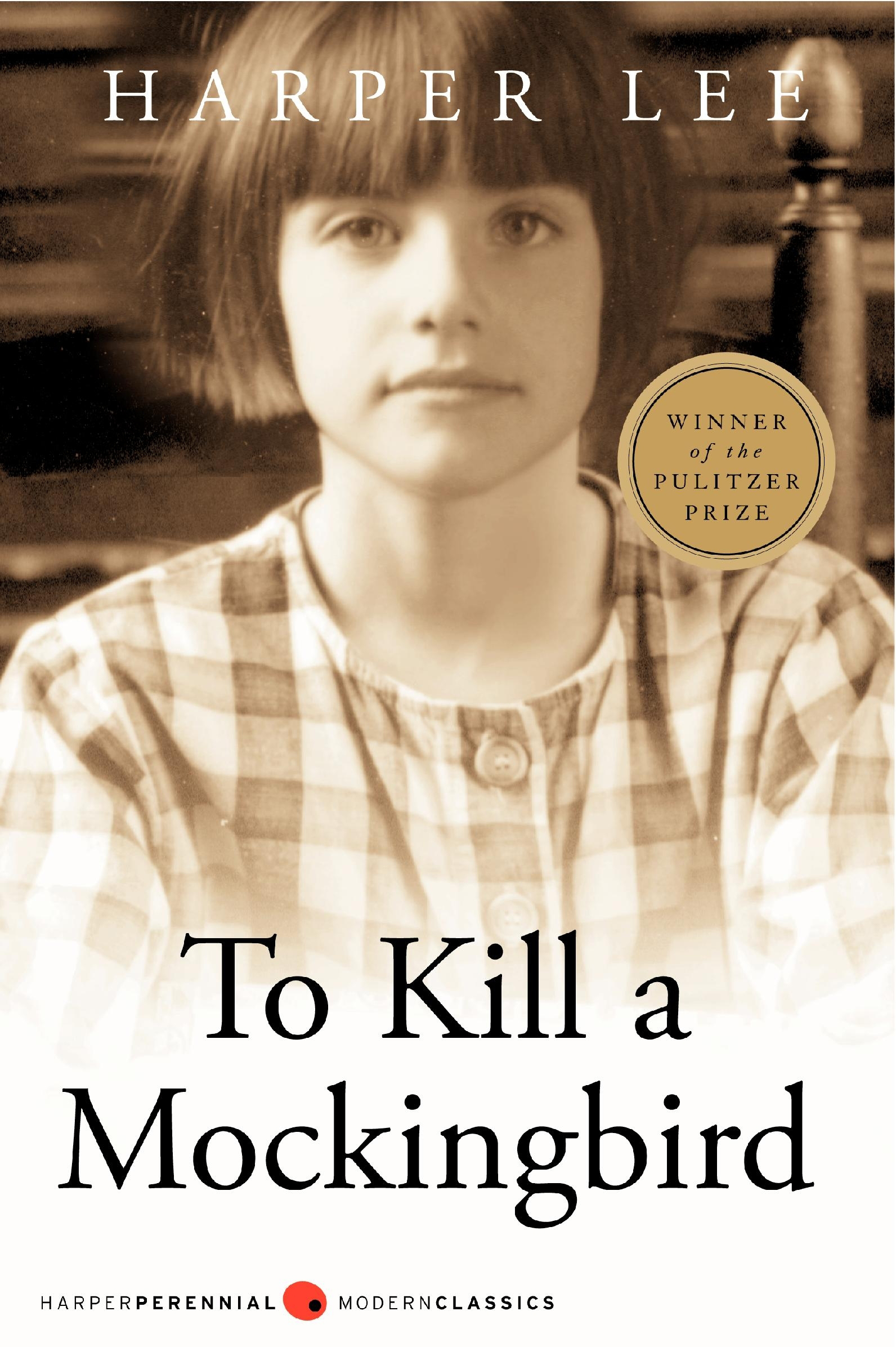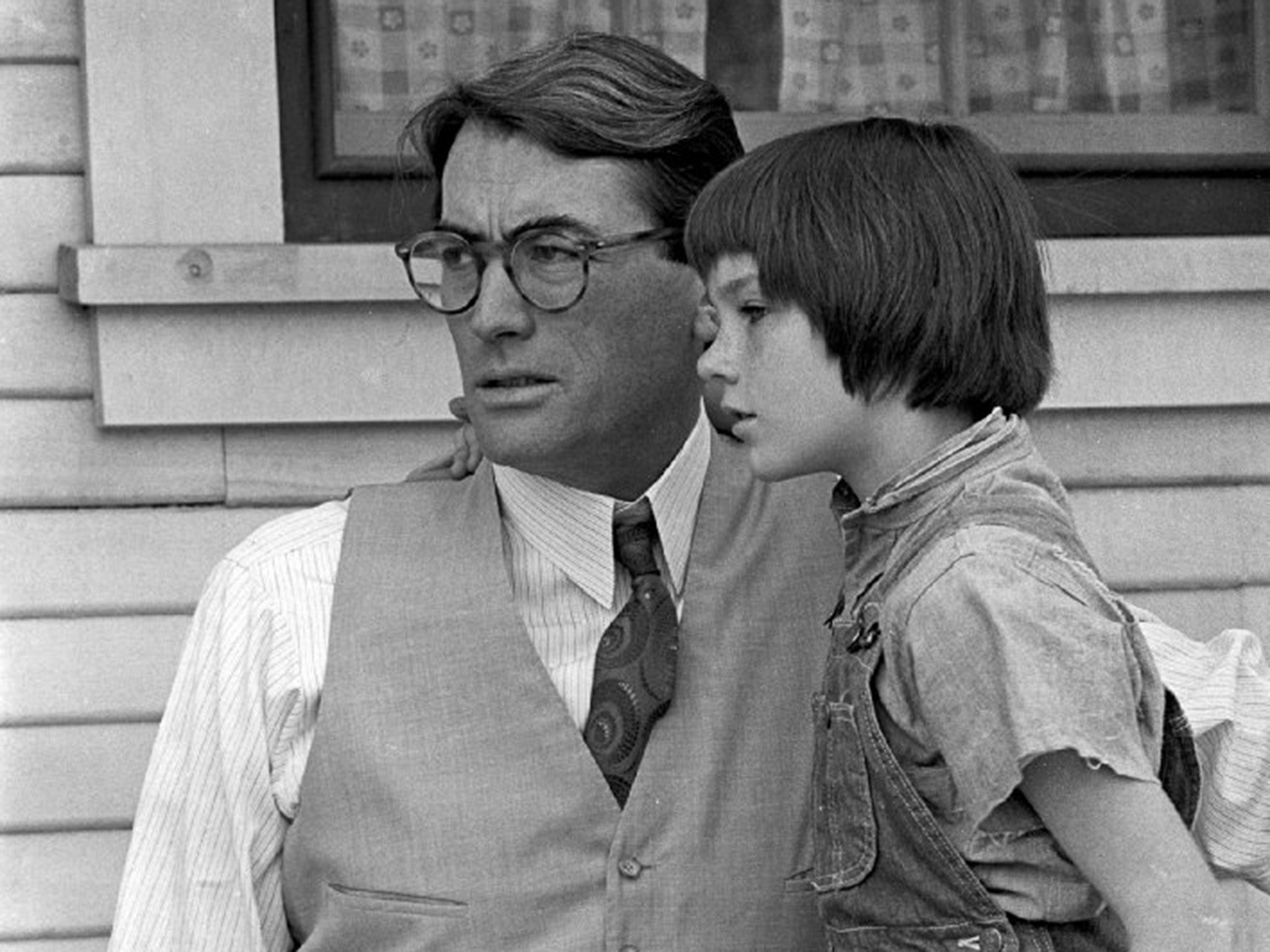Scout Finch lives withher brother, Jem, and their widowed father, Atticus, in the sleepyAlabama town of Maycomb. Maycomb is suffering through the GreatDepression, but Atticus is a prominent lawyer and the Finch familyis reasonably well off in comparison to the rest of society. Onesummer, Jem and Scout befriend a boy named Dill, who has come tolive in their neighborhood for the summer, and the trio acts outstories together. Eventually, Dill becomes fascinated with the spookyhouse on their street called the Radley Place. The house is ownedby Mr. Nathan Radley, whose brother, Arthur (nicknamed Boo), haslived there for years without venturing outside.
Last Updated on December 3, 2020, by eNotes Editorial. Word Count: 1075. Harper Lee’s To Kill a Mockingbird illuminates the racism and prejudice that pervaded American society in the 1930s, some. Two major people in To Kill A Mockingbird are prejudged; Boo Radley and Tom Robinson. One man is the victim of prejudice; Atticus Finch. These men are mockingbirds. For a mockingbird has never hurt anyone, and neither has Atticus Finch, Boo Radley, nor Tom Robinson. Boo Radley is prejudged because he chooses to stay. Harper Lee's To Kill a Mockingbird Chapter Summary. Find summaries for every chapter, including a To Kill a Mockingbird Chapter Summary Chart to help you understand the book. Like I said, To Kill a Mockingbird is written from the first person point of view of Scout Finch, who is around six years old when the story begins. She lives in Maycomb, Alabama with her father Atticus and her brother Jem. Atticus is a lawyer and is the most respected man in town. 18 Critical To Kill a Mockingbird Quotes. We now introduce to you 18 of the most important To Kill a Mockingbird quotes you should know. In this section, you'll find an array of thought-provoking quotes, from To Kill a Mockingbird racism quotes that discuss one of the novel's central themes, to Atticus Finch quotes and more.
Scout goes to school for the first time thatfall and detests it. She and Jem find gifts apparently left forthem in a knothole of a tree on the Radley property. Dill returnsthe following summer, and he, Scout, and Jem begin to act out thestory of Boo Radley. Atticus puts a stop to their antics, urgingthe children to try to see life from another person’s perspectivebefore making judgments. But, on Dill’s last night in Maycomb forthe summer, the three sneak onto the Radley property, where NathanRadley shoots at them. Jem loses his pants in the ensuing escape.When he returns for them, he finds them mended and hung over thefence. The next winter, Jem and Scout find more presents in thetree, presumably left by the mysterious Boo. Nathan Radley eventually plugsthe knothole with cement. Shortly thereafter, a fire breaks outin another neighbor’s house, and during the fire someone slips ablanket on Scout’s shoulders as she watches the blaze. Convincedthat Boo did it, Jem tells Atticus about the mended pants and thepresents.
To Kill A Mockingbird Characters

To the consternation of Maycomb’s racist white community, Atticusagrees to defend a black man named Tom Robinson, who has been accusedof raping a white woman. Because of Atticus’s decision, Jem andScout are subjected to abuse from other children, even when theycelebrate Christmas at the family compound on Finch’s Landing. Calpurnia,the Finches’ black cook, takes them to the local black church, wherethe warm and close-knit community largely embraces the children.
To Kill A Mockingbird Movie
Atticus’s sister, Alexandra, comes to live with the Finchesthe next summer. Dill, who is supposed to live with his “new father”in another town, runs away and comes to Maycomb. Tom Robinson’s trialbegins, and when the accused man is placed in the local jail, a mobgathers to lynch him. Atticus faces the mob down the night beforethe trial. Jem and Scout, who have sneaked out of the house, soonjoin him. Scout recognizes one of the men, and her polite questioningabout his son shames him into dispersing the mob.
At the trial itself, the children sit in the “coloredbalcony” with the town’s black citizens. Atticus provides clearevidence that the accusers, Mayella Ewell and her father, Bob, arelying: in fact, Mayella propositioned Tom Robinson, was caught byher father, and then accused Tom of rape to cover her shame andguilt. Atticus provides impressive evidence that the marks on Mayella’sface are from wounds that her father inflicted; upon discoveringher with Tom, he called her a whore and beat her. Yet, despite thesignificant evidence pointing to Tom’s innocence, the all-whitejury convicts him. The innocent Tom later tries to escape from prisonand is shot to death. In the aftermath of the trial, Jem’s faithin justice is badly shaken, and he lapses into despondency and doubt.

Despite the verdict, Bob Ewell feels that Atticus andthe judge have made a fool out of him, and he vows revenge. He menacesTom Robinson’s widow, tries to break into the judge’s house, andfinally attacks Jem and Scout as they walk home from a Halloweenparty. Boo Radley intervenes, however, saving the children and stabbing Ewellfatally during the struggle. Boo carries the woundedJem back to Atticus’s house, where the sheriff, in order to protect Boo,insists that Ewell tripped over a tree root and fell on his own knife.After sitting with Scout for a while, Boo disappears once more intothe Radley house.
Later, Scout feels as though she can finally imagine whatlife is like for Boo. He has become a human being to her at last.With this realization, Scout embraces her father’s advice to practicesympathy and understanding and demonstrates that her experienceswith hatred and prejudice will not sully her faith in human goodness.
When To Kill a Mockingbird was published in 1960, it brought its young first-time author, Harper Lee, a startling amount of attention and notoriety. The novel replays three key years in the life of Scout Finch, the young daughter of an Alabama town's principled lawyer. The work was an instant sensation, becoming a bestseller and winning the Pulitzer Prize for fiction. Scout's narrative relates how she and her elder brother Jem learn about fighting prejudice and upholding human dignity through the example of their father. Atticus Finch has taken on the legal defense of a black man who has been falsely charged with raping a white woman. Lee's story of the events surrounding the trial has been admired for its portrayal of Southern life during the 1930s, not only for its piercing examination of the causes and effects of racism, but because it created a model of tolerance and courage in the character of Atticus Finch. Some early reviewers found Scout's narration unconvincing, its style and language too sophisticated for a young girl. Since then, however, critics have hailed Lee's rendering of a child's perspective as told by an experienced adult—as one of the most technically proficient in modern fiction. A regional novel dealing with universal themes of tolerance, courage, compassion, and justice, To Kill a Mockingbird combined popular appeal with literary excellence to ensure itself an enduring place in modern American literature.

